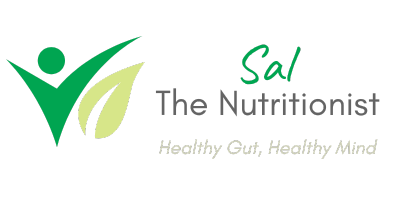10 Common Foods that you think are healthy but they’re not
- Cereals and Muesli/Granola – High in added sugar and oil. How can Kellogg’s Nutri Grain have a 4* health rating when Coles Greek Style yoghurt only has 1.5*?!To understand nutrition labels, the sugar content should be less than 15g per 100g (ideally less than 10g). With this product, it’s 26.7g per 100g.
- Milo – high in sugar (20g per serve with reduced fat milk). That’s a whopping 5 teaspoons of sugar. Also contains fats and emulsifier.
- Energy Drinks – high in sugar and some with high amounts of caffeine. Opt for plain old filtered water.
- Rice Cakes – white rice is high GI and stripped of all its nutrients. Also, arsenic has been found in rice but you’d have to be eating rice cakes every day to be affected.
- Home-made fruit juice or smoothie – very high in sugar. A juice or smoothie should be made with mostly vegetables (for example, kale, spinach, parsley) and ½ a piece of fruit for sweetness. You can also add chia seeds, avocado, wheatgerm, protein powder, anything that takes your fancy!
- Sushi – white sushi rice is high GI and stripped of all its nutrients. Brown rice is a better option. Watch out for the soy sauce as it’s very high in salt.
- Gluten free – gluten free doesn’t necessarily mean healthy. Gluten free packaged food is still processed and sweet foods are still high in sugar. Minerals, vitamins and fibre are lacking in some foods. If you’re cutting out wholegrains, gluten free alternatives include quinoa, buckwheat, amaranth and millet.
- ‘Low Fat’/’Fat Free’ – more sugar than ‘regular’ fat foods.
- Organic packaged foods – organic doesn’t necessarily mean healthy. They still have the same ingredients as non-organic. Eating organic vegetables is a good thing if you can afford it.
- Raw desserts – they seem to be the craze at the moment. High in sugar and fat.Tags[tags_all_in_one number=”20″ smallest=”11″ largest=”11″ unit=”px” separator=” ” orderby=”name” order=”asc” post=”true”]

